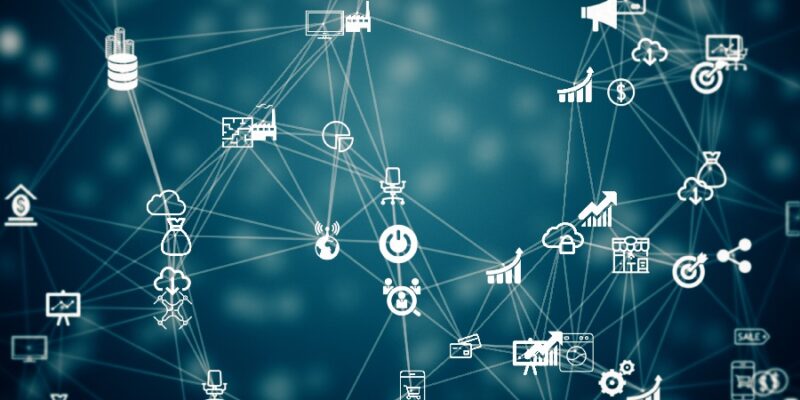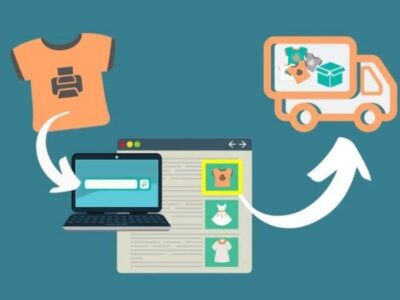A few weeks ago, the experts at Akenza looked at the AWS IoT platform and sought to determine why using it is advantageous for IoT projects. Today, we’ll discuss the Microsoft Azure IoT platform, one of its direct rivals. The experts at Akenza will go over the fundamentals of utilizing this platform for IoT projects, outline its services, and highlight many Microsoft Azure benefits that drive some of the biggest global corporations, like ExxonMobil, to use it to streamline their operations.
Are you beginning or working on an IoT project right now, by the way? If so, a qualified IoT app development business like Akenza may be needed to assist you in putting it into practice. The experts at Akenza are there to help you ease out the processes and systems of your business.
Overview
Microsoft Azure is reportedly one of the fastest-growing cloud platforms, coming in second only to AWS in terms of size. The Azure IoT hub, a SaaS solution for creating and managing linked ecosystems, expanded by 150% in 2018 alone and incorporated over 100 new capabilities. Since then, Microsoft has invested $5 billion in improving its big data and Internet of Things (IoT) services, and it shows.
Azure IoT hub is comprehensive and covers all facets of IoT design and development, from establishing connections between devices to providing insights to decision-makers. This IoT platform is used by clients from a variety of sectors, including automotive, manufacturing, and energy, to improve the productivity and intelligence of their operations. Let’s examine the Microsoft Azure IoT platform’s primary services in more detail now.
Key Azure IoT Services
Azure IoT Central
You only need one service—Azure IoT Central—to connect both old and new endpoints to the cloud and create basic applications that provide insights to decision-makers. This service was intended to be straightforward. To expedite the development process, a number of prebuilt templates for common use cases across a range of industries are provided (e.g., patient monitoring in healthcare, inventory management in retail, etc.). The ability to customize user roles, access, and configuration for security and usability is provided by app platforms. Device monitoring and remote management, including issue identification and remote reconfiguration, are made possible by the device management module. Finally, Azure IoT Central enables you to combine your IoT application with other services and the current corporate infrastructure.
Azure IoT Hub
This feature of Azure IoT technology enables dependable device-cloud-device connectivity for a fleet of connected devices (as many as billions). You may transmit data both ways securely using IoT Hub. Metrics are transmitted from the devices to the cloud and are then directed to other services, such as storage or processing. Commands are also transmitted in the reverse direction, from the backend to the specified devices simultaneously. Through device registration and authentication, device management tools, and message delivery and acknowledgment features, Azure IoT Hub ensures the security and dependability of communication.
Azure IoT Edge
You might want to shift some duty to the edge in accordance with current IoT trends. You might need to accelerate decision-making, enable offline mode, minimize bandwidth and associated costs, or shift processes to the cloud. IoT Edge is a service for Azure IoT devices that was created to meet all of these requirements.
Through the use of trained ML models and analytics, you may migrate a portion of your data processing to edge Windows or Linux machines with the use of this service. The most widely used IoT programming languages, C, C#, Python, JavaScript, and Java, are supported by Azure IoT Edge. In order to improve the ease, it also enables remote provisioning and management of edge devices.
Azure Times Series Insights
A complete IoT data analytics, visualization, and storage service are provided by Times Series Insights. It covers every prerequisite for handling IoT events.
- It first prepares the data and separates it into two groups: warm and cold. Cold data is past information that is typically used in data science operations like machine learning, model training, and prediction analytics. Warm data is kept “near” since it is typically utilized to react rapidly to events and start processes, like turning on a certain Azure function in an IoT device.
- Second, Power BI and other advanced analytics services (such as Azure ioT hub) can be integrated with the service. Finally, Times Series Insights provides flexible visualizations and permits the creation of bespoke models to uncover distinctive patterns and connections between datasets.
Azure IoT Benefits
Depending on the particulars of their sectors, project requirements, and company objectives, current clients highlight the different benefits of Microsoft Azure. Here are a few advantages of the Azure IoT platform that, if not all, at least many firms using IoT systems would find useful.
- Simplicity: Microsoft put a lot of effort into making its IoT platform user-friendly and straightforward for all customers, irrespective of their skill level. Azure IoT hub offers various shortcuts for quick prototypes and deployment, from plug-and-play device connectivity and app templates to SDKs that need little coding.
- Flexible price: Each Azure IoT service has a different pricing structure depending on its features and feature sets. The simplicity and openness of the Azure IoT pricing are what set it apart. For instance, the price of the Amazon Sphere combo (chip, OS, and security service) may change based on a number of variables, but it won’t go over $8.65.
Final Words
One of the protocols supported by Akenza is MQTT, an OASIS-standard messaging protocol for the Internet of Things (IoT). It is intended to connect remote devices with a very small code footprint, and little network traffic using a publish/subscribe messaging protocol. Many different industries utilize MQTT. You may automatically build Digital Twins for your devices with akenza by combining MQTT and API functionalities. Akenza operates an Eclipse Mosquitto-based open-source MQTT broker. Make your business grow rapidly with advance technology and superior guidance by the experts at Akenza!








Comments